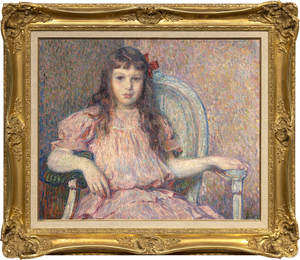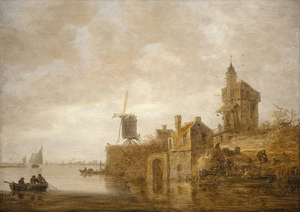منذ عام 1996 ، وضعنا أكثر من 6500 عمل فني ووسعنا نطاق وصولنا العالمي من خلال وجودنا في لندن وبازل ونيويورك ولوس أنجلوس وسان فرانسيسكو وبالم ديزرت وجاكسون هول ونيوبورت بيتش ومونتيسيتو وبحيرة كومو وبالم بيتش. نحن نسعى جاهدين لتقديم أعمال فنية استثنائية من الفنانين الأكثر شهرة في التاريخ بطريقة شخصية ويمكن الوصول إليها وإثرائها.
تعرف على عدد قليل من الأشخاص في هيذر جيمس للفنون الجميلة الذين يشاركونهم شغفهم بالفن من خلال تنظيم وتركيب جودة المتاحف ، والتكنولوجيا والبحوث المبتكرة ، والعلاقات الاستشارية الشخصية.

,_new_mexico_tn40147.jpg )
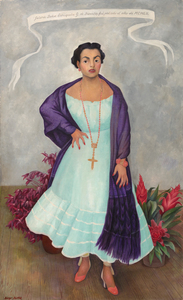
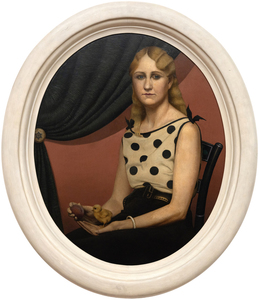
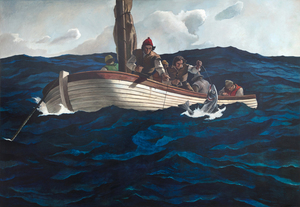
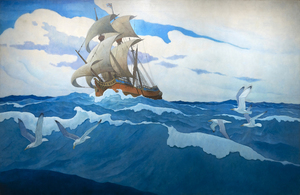
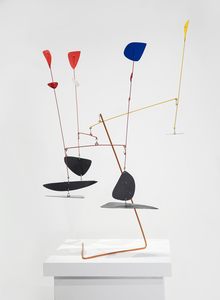
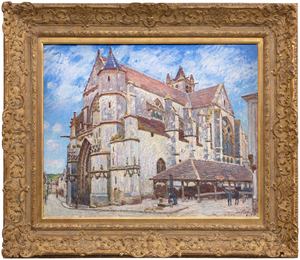
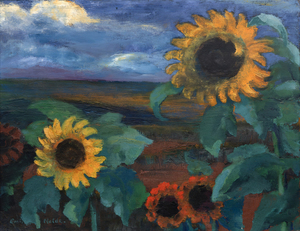
_tn45742.jpg )
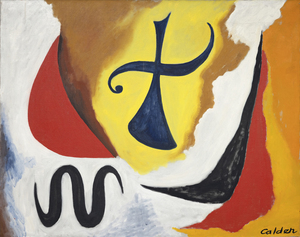
_tn43950.jpg )
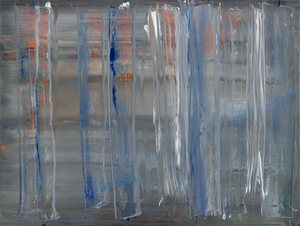
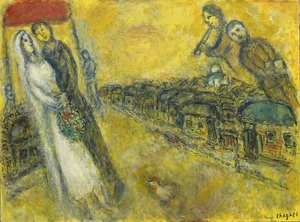
_tn45741.jpg )
_tn45731.jpg )
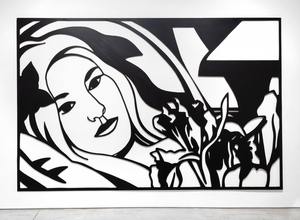
_tn45733.jpg )
_tn27035.jpg )
_tn45732.jpg )
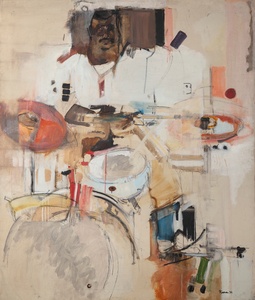
_tn45736.jpg )
